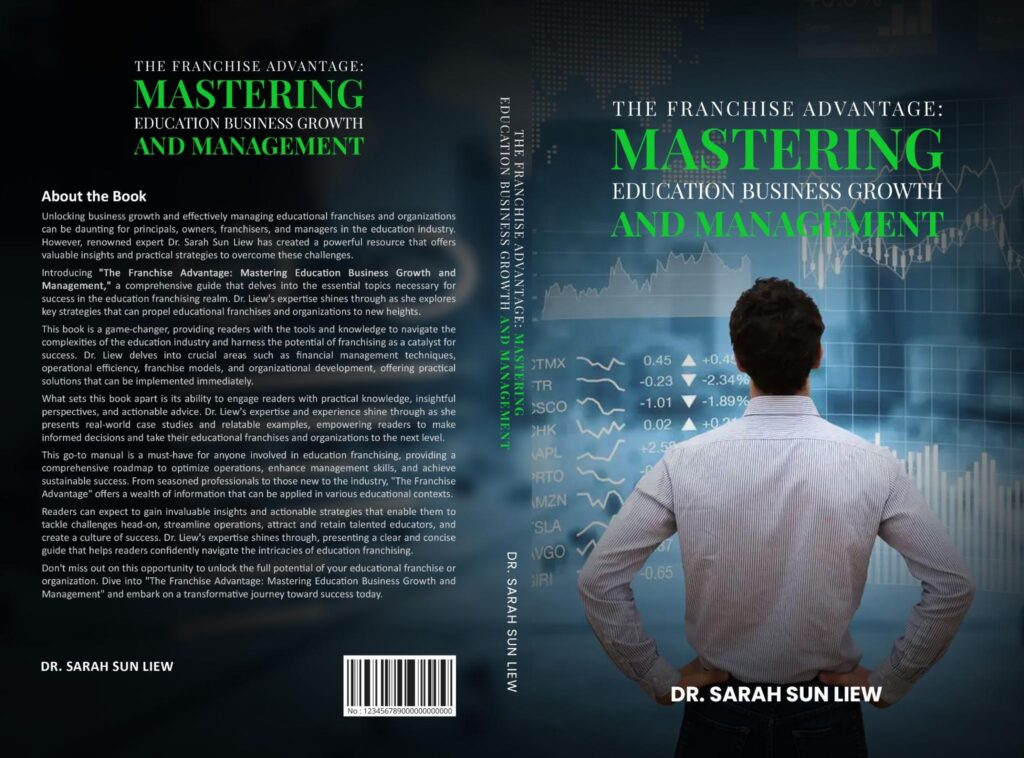Integrating technology into educational franchises holds the potential to greatly enhance learning outcomes and streamline operations. However, adopting new technologies often comes with a set of unique challenges, as highlighted by Dr. Sarah Sun Liew in Chapter 11 of The Ultimate Guide to Educational Franchising. In her work, Dr. Liew examines the obstacles franchises commonly encounter when introducing technology and offers practical solutions to create an inclusive, sustainable, and adaptable learning environment. Below, we explore key challenges in technology integration and the strategies franchises can use to address them effectively.
Key Challenges in Technology Integration
The Digital Divide
One of the primary challenges educational franchises face is the digital divide, a disparity in access to essential technology such as devices and reliable internet. Dr. Liew points out that this divide can lead to unequal learning experiences, especially in underserved communities where students may lack the resources needed to participate fully in a digital learning environment. Without intervention, this divide can exacerbate educational inequalities and limit opportunities for students from lower-income backgrounds.
Cost of Implementation
Financial constraints present another significant challenge. For educational franchises, especially smaller ones, the expenses associated with technology adoption can be a barrier. Dr. Liew emphasizes that costs extend beyond initial purchases of devices and software, encompassing ongoing expenses for maintenance, software updates, and essential training for staff. These costs can be especially burdensome for franchises that prioritize keeping tuition affordable, making it difficult to allocate funds toward technology.
Resistance to Change
Resistance to change is a common issue when introducing new technology. Dr. Liew notes that educators and administrators may feel hesitant to adopt unfamiliar digital tools, whether due to skepticism about their effectiveness or a lack of experience. This reluctance can slow the integration process and hinder the franchise’s ability to develop a cohesive, tech-enabled learning environment. For educational franchises, overcoming this resistance is key to creating a supportive environment that embraces technological advancements.
Strategies for Navigating Technology Integration
Forming Partnerships with Technology Providers
To tackle the digital divide, Dr. Liew recommends that educational franchises partner with technology providers. These partnerships can enable franchises to secure affordable devices and internet access for students who may otherwise be left behind. Collaborating with educational technology companies can also provide discounts on services, making it easier for franchises to offer inclusive access to necessary digital tools. Additionally, partnerships with nonprofits or community organizations can provide additional resources for underserved students, helping to close the digital divide within local communities.
Dr. Liew also encourages educational franchises to explore grants from government or private foundations dedicated to educational technology. These funds can help cover the costs of devices and internet services, enabling franchises to provide equitable access to technology and support an inclusive learning environment.
Budgeting for Technology Implementation
To manage the financial challenges associated with technology, Dr. Liew advises educational franchises to establish a dedicated technology budget. This budget should account for both initial and ongoing costs, including maintenance, software updates, and staff training. By allocating funds specifically for technology, franchises can plan for regular upgrades and improvements without compromising other operational areas.
To optimize their technology investments, Dr. Liew suggests franchises consider scalable, cost-effective solutions such as cloud-based learning platforms. These platforms can reduce the need for expensive hardware while providing flexible and accessible learning tools for students. Through careful budgeting and planning, educational franchises can implement sustainable technology solutions that support long-term growth.
Investing in Professional Development
Professional development plays a crucial role in overcoming resistance to change. Dr. Liew emphasizes the importance of providing training programs and resources that help educators feel comfortable with new technologies. By offering structured learning opportunities, franchises can ensure that educators gain a thorough understanding of how to integrate digital tools into their teaching effectively.
Dr. Liew recommends that franchises offer ongoing support, such as workshops, seminars, and one-on-one coaching, to keep educators up-to-date with the latest advancements. This continuous support fosters a culture of adaptability and innovation, encouraging educators to embrace technology as a valuable tool for enhancing instruction. By investing in professional development, franchises can build a workforce that is prepared to navigate the evolving landscape of digital education.
Creating an Inclusive, Tech-Enabled Environment
Successfully integrating technology in educational franchises requires more than just purchasing devices and software; it calls for thoughtful planning, partnerships, and support. Dr. Liew’s guidance highlights the need for educational franchises to focus on inclusive practices that address both the digital divide and the costs associated with technology. By fostering partnerships with technology providers, budgeting strategically, and prioritizing professional development, franchises can overcome common challenges and create a learning environment that benefits all students.
Educational franchises that successfully integrate technology stand to gain more than operational efficiency—they contribute to an inclusive educational experience that prepares students for a digital world. Dr. Liew’s insights offer franchises a roadmap for addressing these challenges, helping them maximize the impact of technology while supporting equitable access to resources.
Contact Information
For more insights on Dr. Sarah Sun Liew’s approach to technology integration and educational strategies, you can reach out to her directly:
- Website: wikitia.com/wiki/Dr._Sarah_Sun_Liew
- Phone: (424) 343-7025 or (424) 777-6461
- Email: Mgroupbh7@gmail.com
Published by: Annie P.











